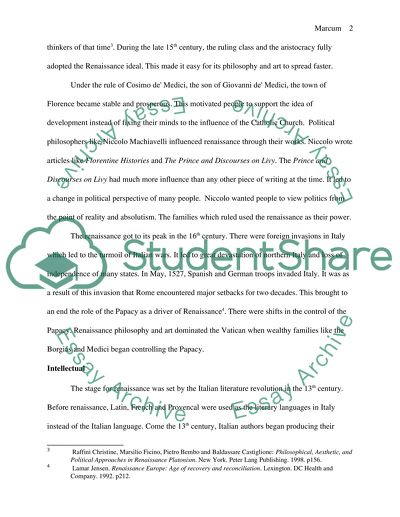Cite this document
(“Define the Italian Renaissance. When did it begin and when did it end Essay”, n.d.)
Retrieved from https://studentshare.org/environmental-studies/1408981-define-the-italian-renaissance-when-did-it-begin
Retrieved from https://studentshare.org/environmental-studies/1408981-define-the-italian-renaissance-when-did-it-begin
(Define the Italian Renaissance. When Did It Begin and When Did It End Essay)
https://studentshare.org/environmental-studies/1408981-define-the-italian-renaissance-when-did-it-begin.
https://studentshare.org/environmental-studies/1408981-define-the-italian-renaissance-when-did-it-begin.
“Define the Italian Renaissance. When Did It Begin and When Did It End Essay”, n.d. https://studentshare.org/environmental-studies/1408981-define-the-italian-renaissance-when-did-it-begin.


